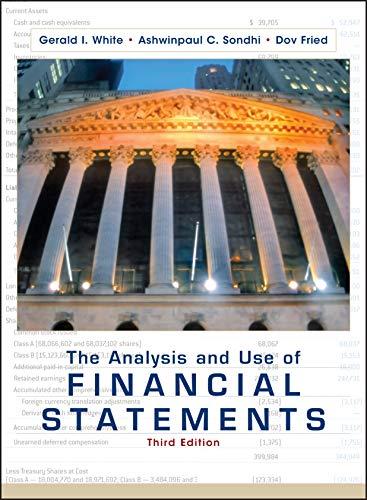10. [Convertible debt] Note 5 of Takeda's annual report states that the company had convertible bonds outstanding...
Question:
10. [Convertible debt] Note 5 of Takeda's annual report states that the company had convertible bonds outstanding at March 31, 1998 but none outstanding at March 31, 1999 From the statement of stockholders' equity and cash flow statement we can deduce that most of the ponds (more than 22 billion yen) were converted into approximately 11 million shares, implying a conversion price of approximately 2,000 yen per share. The mar- ket price of Takeda shares exceeded 3.000 yen during all of cal- endar 1998 Years Fnded March 31 As reported in milhons ven 1998 1999 Bank loans Current debt 1 ong-term debt Total debt Equity Total capital 9,509 9.361 24,077 2,119 10,896 9,858 44,482 21,338 829,381 907,373 873.863 928,711
a. Describe the advantages to Takeda of having issued these convertible notes rather than nonconvertible notes State one disadvantage. h. Compute lakeda's debt-to-total capital ratio at March 31, 1998 and March 31, 1999. State the factor that accounted for most of the change in that ratio.
c. State the appropriate classification for the convertible notes at March 31, 1998 (debt or equity) and justify your choice.
Step by Step Answer:

The Analysis And Use Of Financial Statements
ISBN: 9780471375944
3rd Edition
Authors: Gerald I. White, Ashwinpaul C. Sondhi, Haim D. Fried





